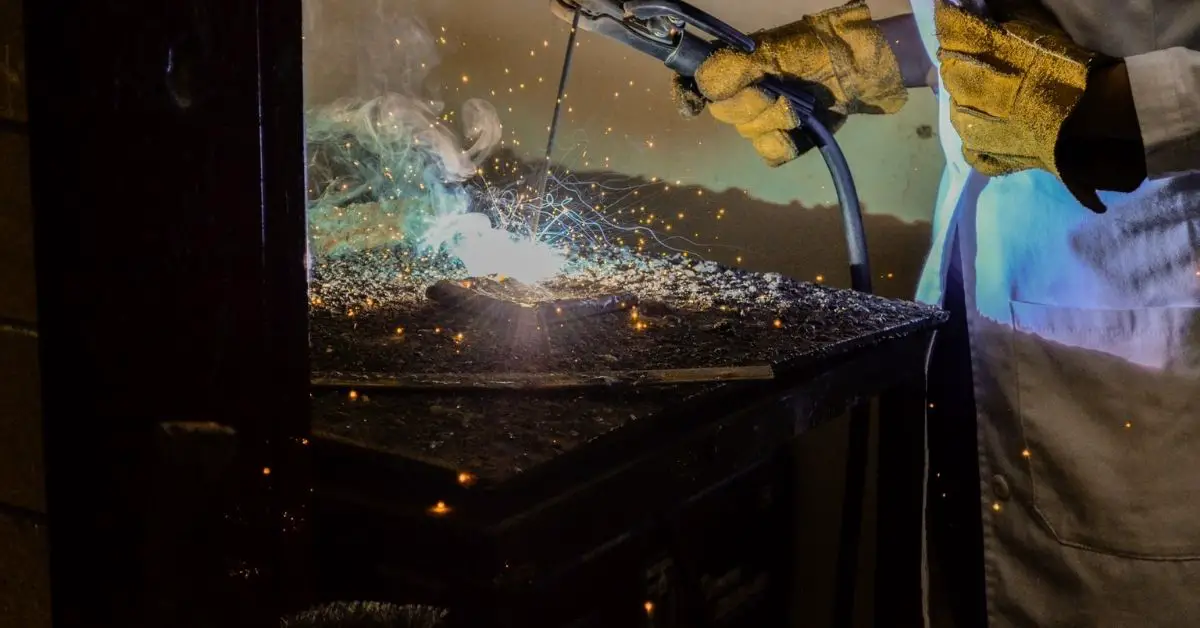Share

How to improve weld quality is a question that many people have asked themselves. If you are in the welding industry, then this is a topic that should be of high interest. In this blog post, we will discuss 5 proven strategies for improving your weld quality and making sure that all future projects come out perfect.
How To Improve Weld Quality
Here are the 5 proven strategies for how to improve weld quality.
1. Control the Welding Process
You can control the welding process to improve weld quality. This includes ensuring that the welder is properly set up, using the correct electrode, and adjusting the welding parameters.
2. Use Appropriate Shielding Gas
The type of shielding gas you use can also affect weld quality. Argon is a good choice for most applications, but other gases may be better suited for specific jobs.
3. Preheat Metal Prior to Welding
Preheating metal prior to welding can help improve weld quality by reducing distortion and increasing joint strength.
4. Use Correct Electrode Size
Using the correct electrode size is important for achieving good weld quality. Too large or too small an electrode can lead to poor welds.
5. Use a Clean Welding Surface
A clean welding surface is essential for producing good welds. Make sure the metal is free of paint, rust, and other contaminants before beginning to weld.
These are five of the most important strategies for how to improve weld quality. Following these tips will help you produce stronger, more consistent welds every time.
Common Mistakes to Avoid
There are also a few common mistakes that should be avoided when welding. Here are three of the most important ones:
1. Not Cleaning the Welding Surface
If you don’t clean the welding surface, then you will likely produce poor welds. Make sure to remove all paint, rust, and other contaminants from the metal before beginning to weld.
2. Using an Inappropriate Electrode Size
Using the wrong electrode size can lead to poor weld quality. Make sure to use the correct electrode size for your project.
3. Improperly Setting Up the Welder
If you do not set up the welder properly, then you will likely produce poor welds. Make sure you are using the correct electrode, shielding gas, and other settings.
These three mistakes can all lead to poor weld quality. Follow these tips to avoid them in your next project.
What To Check When Inspecting Weld Quality
Finally, here are a few of the most important things to check when inspecting weld quality. Make sure you examine these three areas:
1. The Joints of Your Welded Piece
Make sure that there are no gaps or cracks in your joints between pieces of metal. If there is any opening within the joint, then it will weaken your weld and reduce its strength.
2. Distortion Within the Metal Surfaces During Heat Treatment
Distortion can occur during heat treatment if welding parameters were not set correctly for this particular job. Inspect both sides of every piece being joined carefully to make sure they come out flat after heat treatment has been performed. You may need to use additional heating methods such as flame straightening to correct any distortion that may have occurred.
3. Weld Porosity and Inclusions
Weld porosity is caused by trapped air or gas in the weld metal. This can cause your welds to be weak and susceptible to failure. Inclusions are small pieces of slag, rust, or other contaminants that become embedded in the weld metal. If these are not removed, they can also lead to a weakened weld.
If you inspect these three areas carefully, then you will be able to determine if your weld quality meets your standards. Following these tips will help ensure good weld quality on every project.



0 Comments